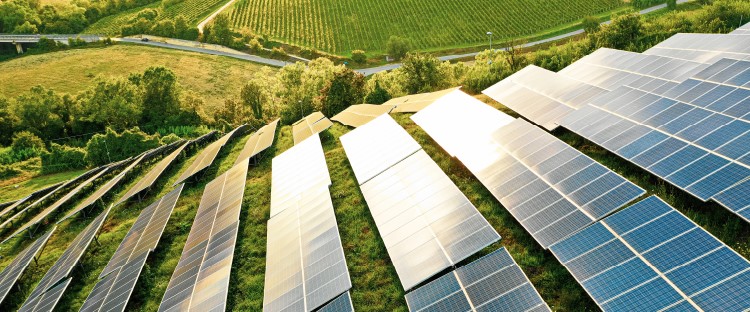Infrastructure Financing: Belt and Road Strategy and Hong Kong’s Role
Infrastructure Financing: Belt and Road Strategy and Hong Kong’s Role
By Norman Chan (Chief Executive, Hong Kong Monetary Authority)
2016 is proving a busy year for the HKMA. Having recently set up the Fintech Facilitation Office, we are now gearing up for the establishment of the Infrastructure Financing Facilitation Office (IFFO). Let me briefly explain the rationale for setting up the IFFO.
In his Budget Speech this year, the Financial Secretary asked the HKMA to set up the IFFO to provide a platform for pooling the efforts of investors, banks and the financial sector to facilitate investment in infrastructure projects in the countries along the Belt and Road (B&R) routes.
Broadly speaking, the B&R covers more than 60 countries with a population of 4.5 billion, accounting for about 60% of the world’s population. However, the combined gross domestic product (GDP) of these countries, amounting to US$23 trillion, accounts for just about 30% of the world’s total GDP. The per capita GDP of these countries ranges between US$600 and US$90,000, suggesting a great disparity in the stages of economic development among the B&R countries. Infrastructure in many emerging economies in the B&R region is lagging behind, constraining their economic and social development. Nevertheless, this also means that there is enormous potential for infrastructure development in these countries, which is the focus of the B&R strategy.
According to the estimates of the Asian Development Bank, funding needs for infrastructure development in emerging economies in Asia alone would be around US$8 trillion (or HK$62 trillion) over the 2010-2020 period. This huge funding gap represents immense opportunities for infrastructure financing.
On the other hand, there is no lack of investors interested in infrastructure investment or financing. Despite a generally longer investment cycle, infrastructure projects can offer relatively stable cash flows and investment returns. That’s why sovereign wealth funds, insurance funds and institutional investors have shown a growing interest in infrastructure investment in recent years.
While there are substantial funding needs for infrastructure projects in B&R countries, infrastructure investment and projects in the B&R region have been limited so far. This is where the IFFO can come into play. By establishing the IFFO, the HKMA aims to provide a platform to bring together key stakeholders, including fund providers (for example, private equity funds, sovereign wealth funds, banks, etc), project developers (such as corporations capable of developing and operating large-scale infrastructure) and the B&R countries. Through information exchange and experience sharing among the key stakeholders, we hope to facilitate more investments in infrastructure projects in the B&R region, thereby boosting their economic development. This will underscore Hong Kong's role as a leading business and financial centre in Asia, a role in which Hong Kong has long excelled.
The HKMA has already contacted a number of international financial organisations on the establishment of the IFFO, and received support from the International Finance Corporation under the World Bank, the Asian Infrastructure Investment Bank, the Asian Development Bank, the Silk Road Fund, etc. We are also inviting other public and private organisations interested in the B&R initiative to join the IFFO platform. We are making good progress so far and I hope the IFFO can be formally inaugurated this summer. By then, we will announce IFFO’s membership list and its specific work plans.
Please click here for the original article.




